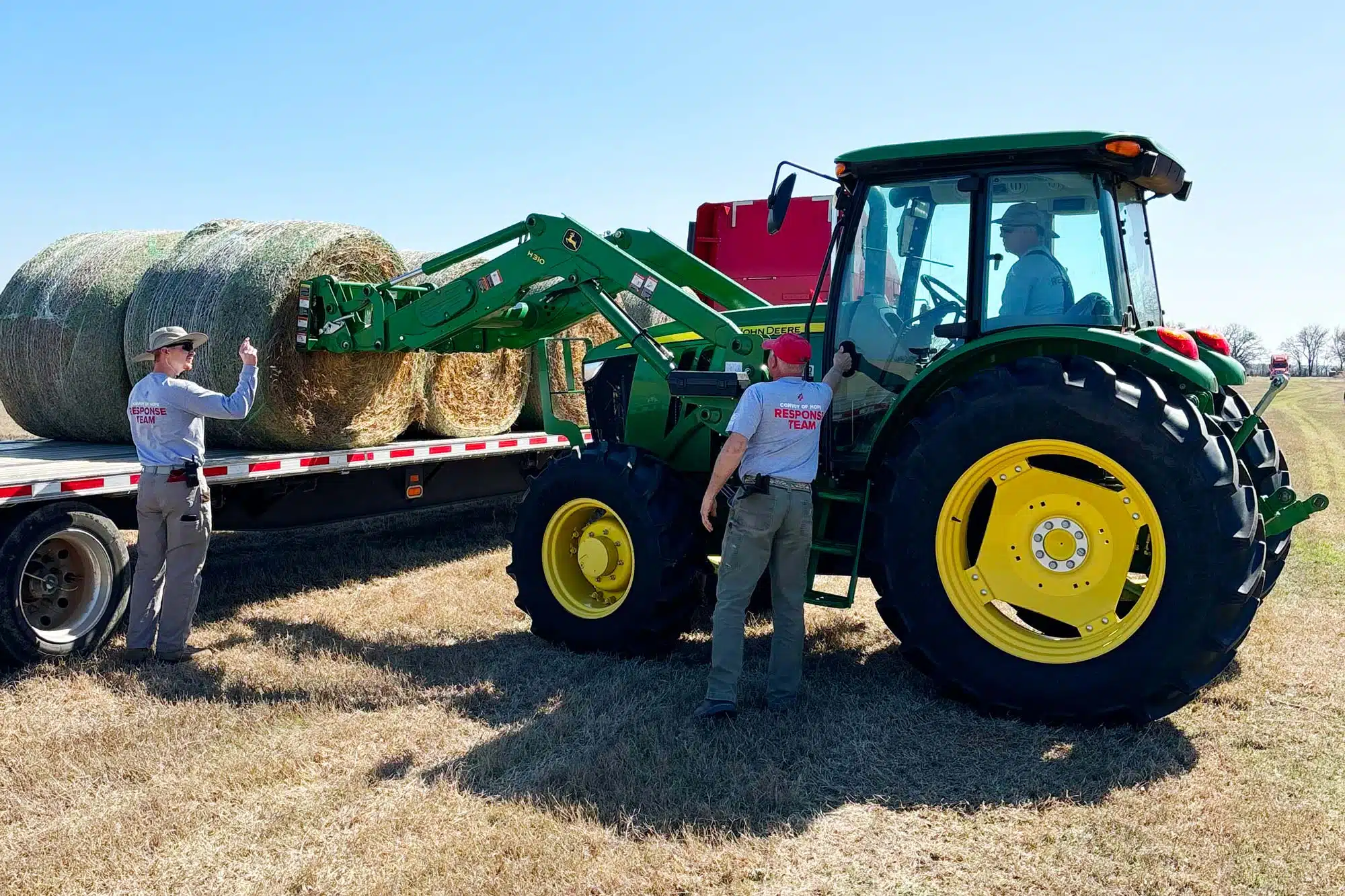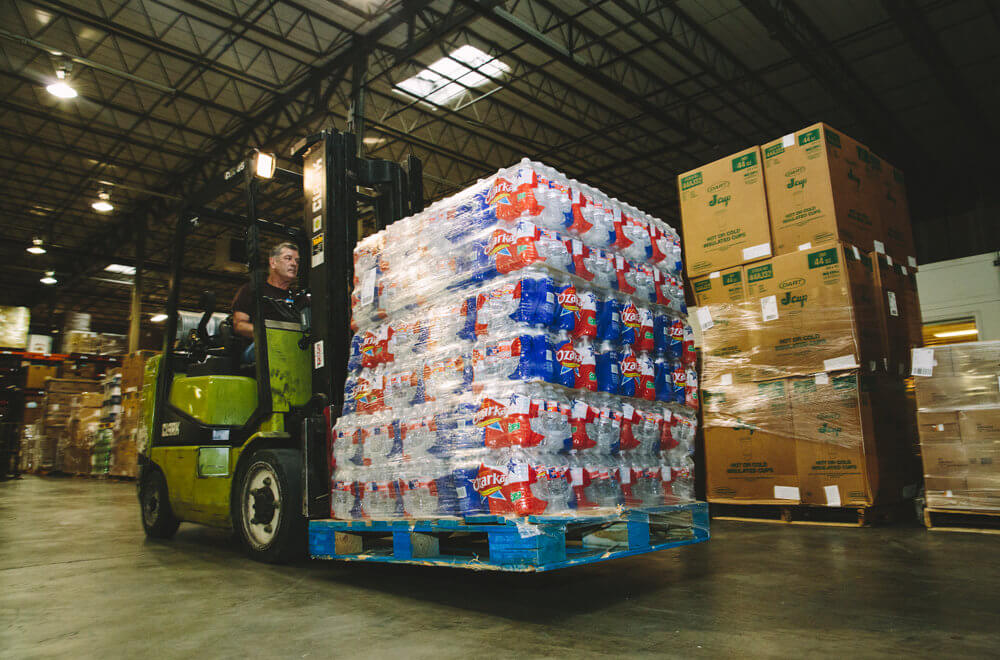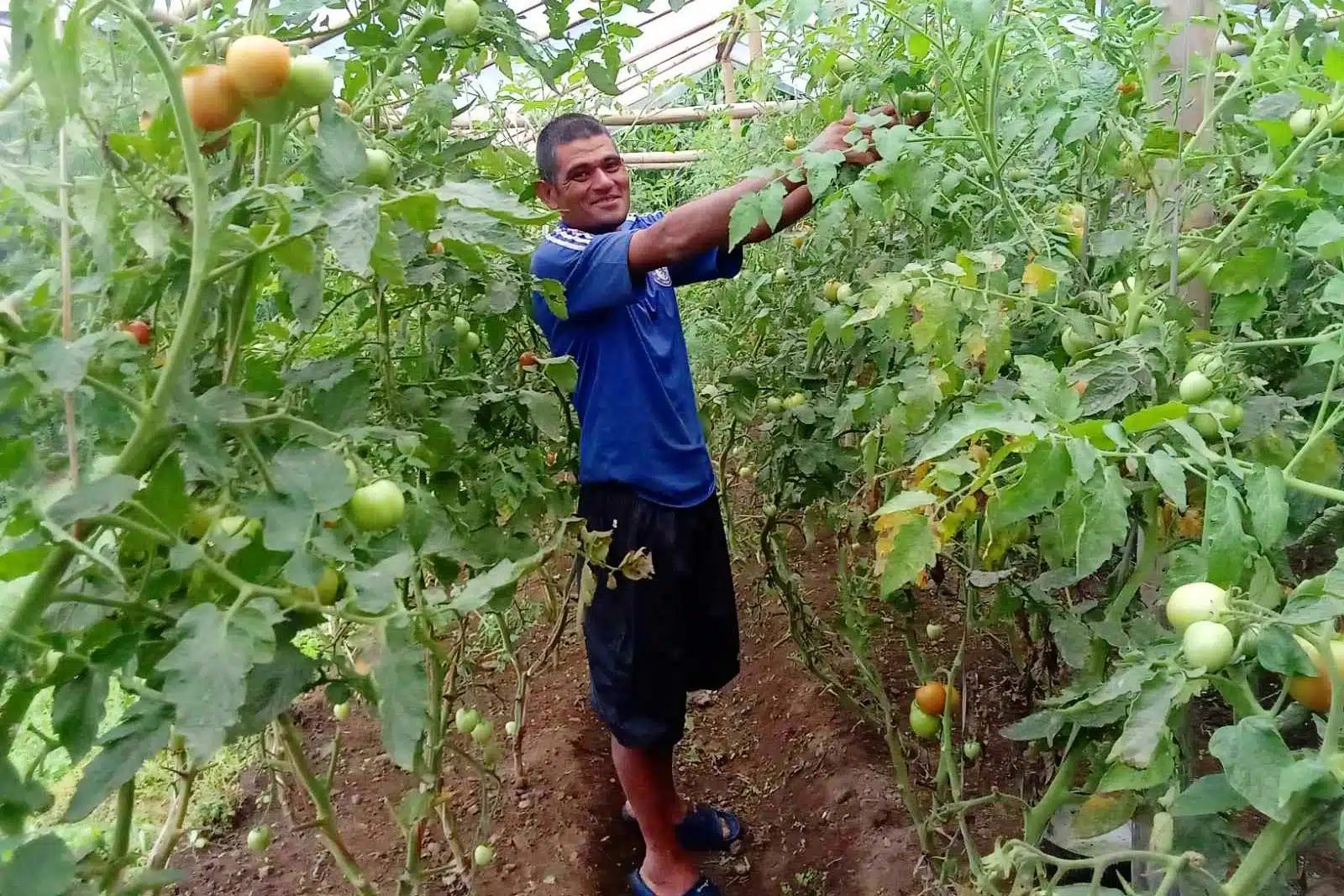Just like people, gardens need food to grow and flourish. Your garden also needs specific nutrients to be healthy. The nutrients feeding your plants will determine seed production, rooting, and flowering. So, what does your plant need and how can it tell you?
The most common nutrients for your plants are Nitrogen (N), Phosphorus (P), and Potassium (K). Each of these components are found in soil and are essential for the production of the vitamins and minerals that are needed for human nutrition. The right balance of nutrients will help your plants prosper and replace nutrients back into the soil to maintain your yield — year after year.
How to Identify What Nutrients Your Plant’s Need
They’ll tell you themselves. Check the leaves of your plant for:
- Yellowing. If your plant is starting to yellow, it needs more Nitrogen.
- Purpling. If the leaves are turning purple, it needs more Phosphorus.
- Dark edges. If your plant’s leaves are dark and look like they’ve been burnt by a match, it needs more Potassium.
How to Get Your Plants the Nutrients They Need
Once you’ve discovered what your plant needs, you will want to feed it the right food. Traditionally, there are two categories of nutrients added to soils: organic material and synthetic fertilizers.
- Organic materials, like manures and compost, will provide long-term soil health and supply much-needed nutrients. However, organic materials do not give all of the nutrient value during the first year like synthetic fertilizers do, but you can draw them out over a 3-year period or more. It’s best to apply these materials in late fall or winter.
- Synthetic fertilizers are manufactured nutrients that can be purchased at your local home store or garden shop. Both single nutrients and blends give you a quick supply of the needed nutrients for a single season. When purchasing your fertilizer, there should be three numbers indicating the nutrient value of the materials in the bag — written in the standard order of Nitrogen, Phosphorus, and Potassium. One bag of Urea provides only Nitrogen and could read as 52-0-0. On the other hand, one bag of Triple 16 includes equal parts of all three nutrients and could read 16-16-16. Traditionally, synthetic fertilizers are added just prior to turning the soil under before planting.
Just as it’s taught in Convoy of Hope’s Agriculture program, nutrients are key to growing healthy and nutritious food. Whether it’s a full field in Uganda or the garden in your backyard, what goes into your plants will determine what comes out in your food.
For more information on soil types, check out our latest gardening tip. For more information on how you can support participants in our global Agriculture program, visit convoyofhope.org/ag.














